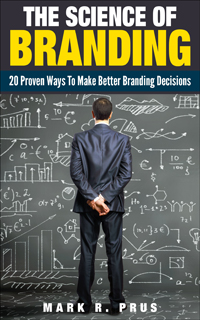Get The Target Right
When a prospective client tells me that his/her product is “meant for everyone” I have to bite my tongue. You cannot target everyone. But that does not stop clients from trying to do so!
The main reason clients want to target everyone is they do not want to eliminate any customers from consideration. Let’s be clear – picking a target market is not about refusing to sell to anyone. Rather, it is all about deciding how to position your business and making sure that the right messages are delivered to the right consumers at the right time.
The other end of the targeting spectrum is “me,” as in clients who say that their product is for “people like me.” There is only one person like “me” and a target market of one person won’t generate a lot of business.
So how do you find your ideal target market somewhere between “me” and “everyone?”
The rule of thumb is to identify the smallest possible group of people who are united by some commonalities that will cause them to be motivated by your messaging. If you have a concise, well-defined target market you will be able to consistently delight your customers by providing them with meaningful value that meets their specific needs.
I’m an advocate of consumer research to gain an understanding of your target market. By asking the right questions, you can gain an in-depth understanding of the customers who are most likely to be attracted to your product. You need to gather customer demographics (e.g., gender, age, income, geographic location, etc.), beliefs (e.g., attitudes and behaviors), and a basic understanding of their “story” (motivations and concerns). Done correctly, research can provide a very specific understanding of your target market’s goals and challenges, and an understanding of how your product or service can help them, which will be an invaluable resource when developing your messaging.
Failing to identify the proper target market can be a multi-billion dollar mistake. Here is an example where better targeting could have resulted in billions of dollars:
Roy Raymond had an embarrassing experience trying to buy lingerie for his wife in 1977, so he decided to launch a lingerie shop geared toward men to make them more comfortable in buying lingerie. While his Victoria’s Secret store led to a multi-million dollar business, he missed the multi-billion dollar opportunity in lingerie. Despite his successful launch of a lucrative retail concept and expansion to a mail-order catalog business, he was selling to the wrong target audience for the wrong reasons. Women buy way more lingerie than men do, and the primary reason lingerie is purchased is not to make men happy, but rather because it makes women feel more confident. When Victoria’s Secret fell on hard times, Leslie Wexner (CEO of The Limited) bought the business and totally repositioned the company and its products to women. Today Victoria’s Secret is a multi-billion dollar megabrand.
I strongly encourage clients to thoroughly understand their target market before spending significant effort in marketing.



